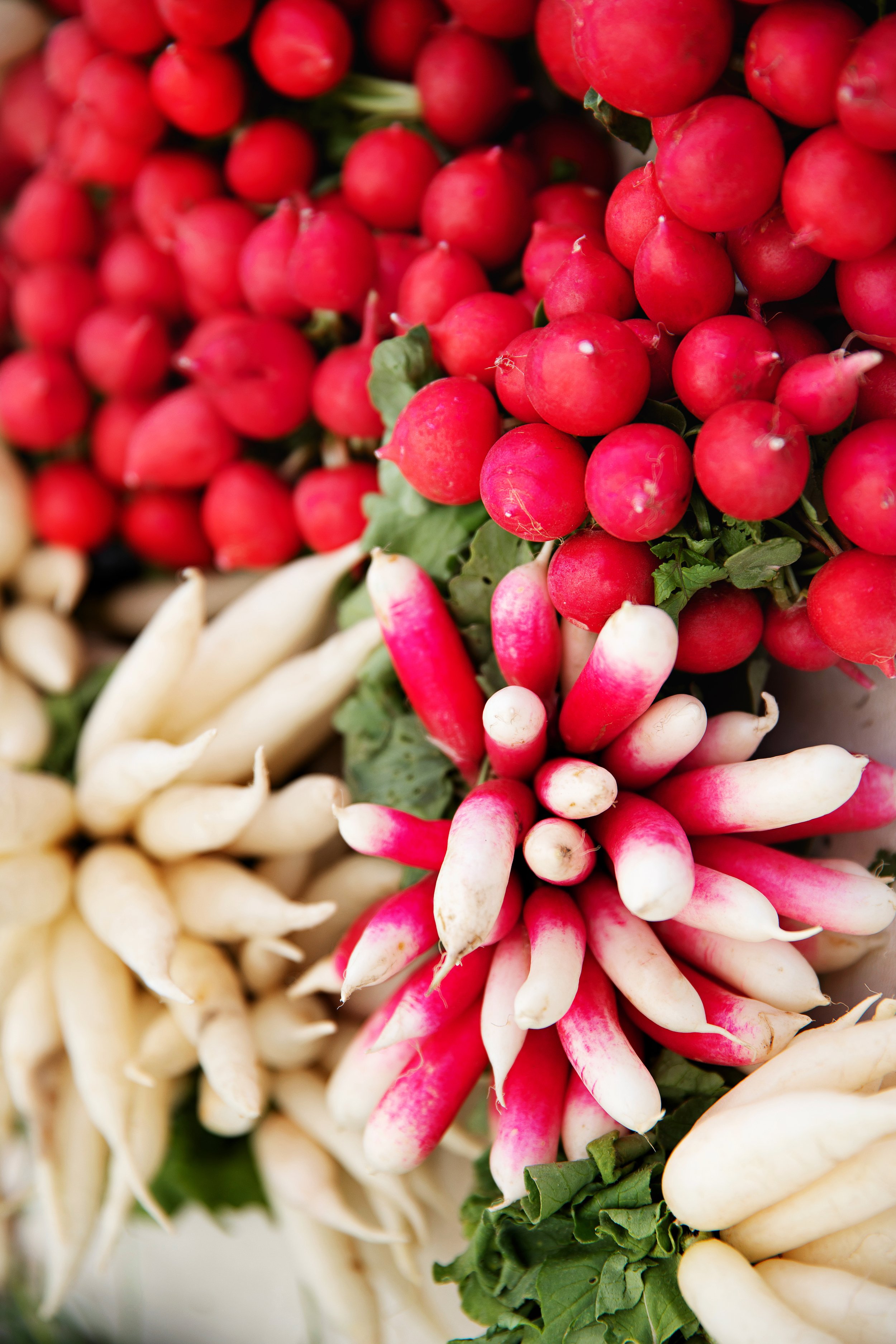
DIGITAL EDITIONSummer 2021
Thank you for picking up a copy of Edible Inland Northwest. The reason for our Farmers Market Guide came out of the unknown. The back and forth of phases and who would be open and when was as difficult for us as it was for the business-owners facing the restrictions. And while I am so glad that it seems like we have turned a corner and the worst of the pandemic is behind us, when strategizing what our summer issue should be, the opportunity to showcase all of the fantastic farmers markets we have available to us was too good to pass up.
These markets check so many boxes. Food, family fun, and they’re a great way to get outdoors. But markets are also business incubators and a true lifeline for many of the folks who show up day after day, week after week, lugging their tents, tables and wares all across the region.
In the past month, I have personally logged over 700 miles traveling all over Eastern Washington and Northern Idaho as the season kicked off and farmers markets started up, but that doesn’t even begin to scratch the surface of how much work went into putting together our farmers market guide. Our team is small, but they all share a passion for this community, and I think I speak for all of them that we had an amazing time getting to meet new people at the markets and learn what makes each one unique.
That’s one of the greatest things about going to these farmers markets. You get to know the people and each one of them has a story to tell. We have only started to scratch the surface of those stories here in this issue, but we plan on adding to them all summer long and for years to come in print, online, and via our social media platforms.
As you explore our market guide, there’s one profile you won’t read, but you will definitely get a sense of her passion. Jamie Aquino was introduced to me last year because she is the authority on our local and regional farmers markets. Her byline is on a lot of the market profiles because she has lived in this world for so long and we could not have put this guide together without her help and hard work.
At 9am on May 1, the bell rang to signal the start of the farmers market season in Sandpoint. Having stopped for a cortado at Evans Brothers, I did not arrive in time to capture the moment on camera as I had hoped, but I saw a familiar face as I approached Farmin Park. Jamie, our intrepid market authority, had beat me there. We each made our way around the market, meeting and greeting vendors new and old, but after a while, Jamie disappeared. She messaged me from the road to say that she was headed to Colville to do the same at the Northeast Washington Farmers Market. I got many similar messages in the past few weeks, but it wasn’t until today, after hours of calling vendors and managers and more trying to put together this guide that Jamie explained that she tries to attend the opening day of every farmers market in our region. She had to get going if she was going to make it to Millwood in time.
Not everyone can be like Jamie and make it to three markets in one day. But if you make it to three markets this summer, you should know that you have done something to support our community as it recovers from the past year and grows into what we all know it can be: a vibrant and delicious melting pot of culture, cuisines and passions of the people who live here.
Purchase the Print Edition for $10.
IN THIS ISSUE FROM EDIBLE COMMUNITIESFeaturing The Birds & the Beef by Joy Manning
The first in a series of thought leadership stories that span topics on sustainability, hunger, restaurant revitalization and regenerative agriculture brought to you by Edible Communities. You’ve seen the headlines: beef is destroying the planet. You’ve heard about the greenhouse gases and pollution a conventional, factory-farmed beef operation produces. Dire warnings are usually based on the production of grain-fed, feedlot beef, which is by far, the most commonly consumed beef in North America. The idea that all beef production is an environmental disaster, however, isn’t quite accurate either. There’s another way to raise beef. A more sustainable way, and one that actually enriches the environment.
Stories in this edition
SUBSCRIBE





